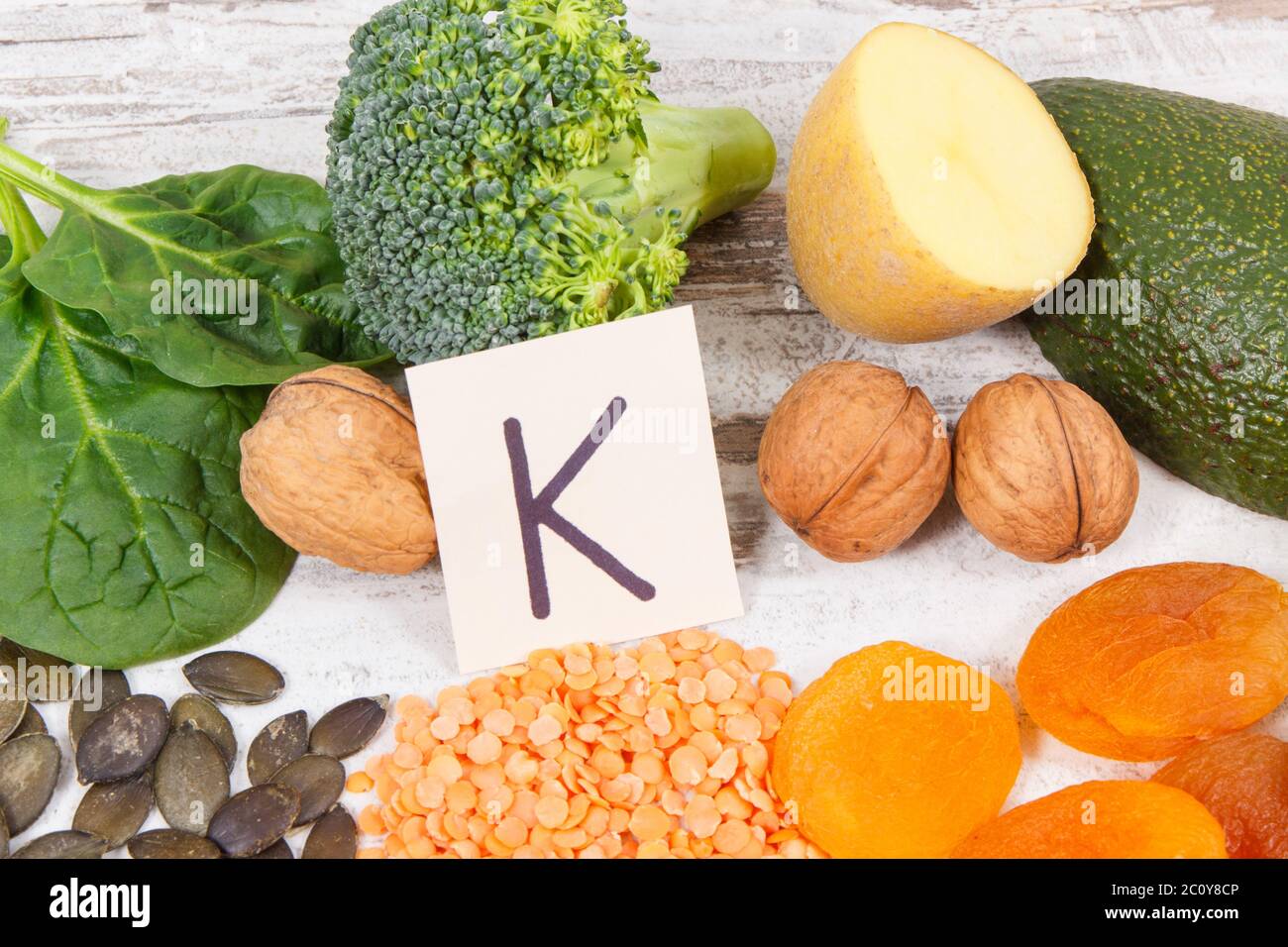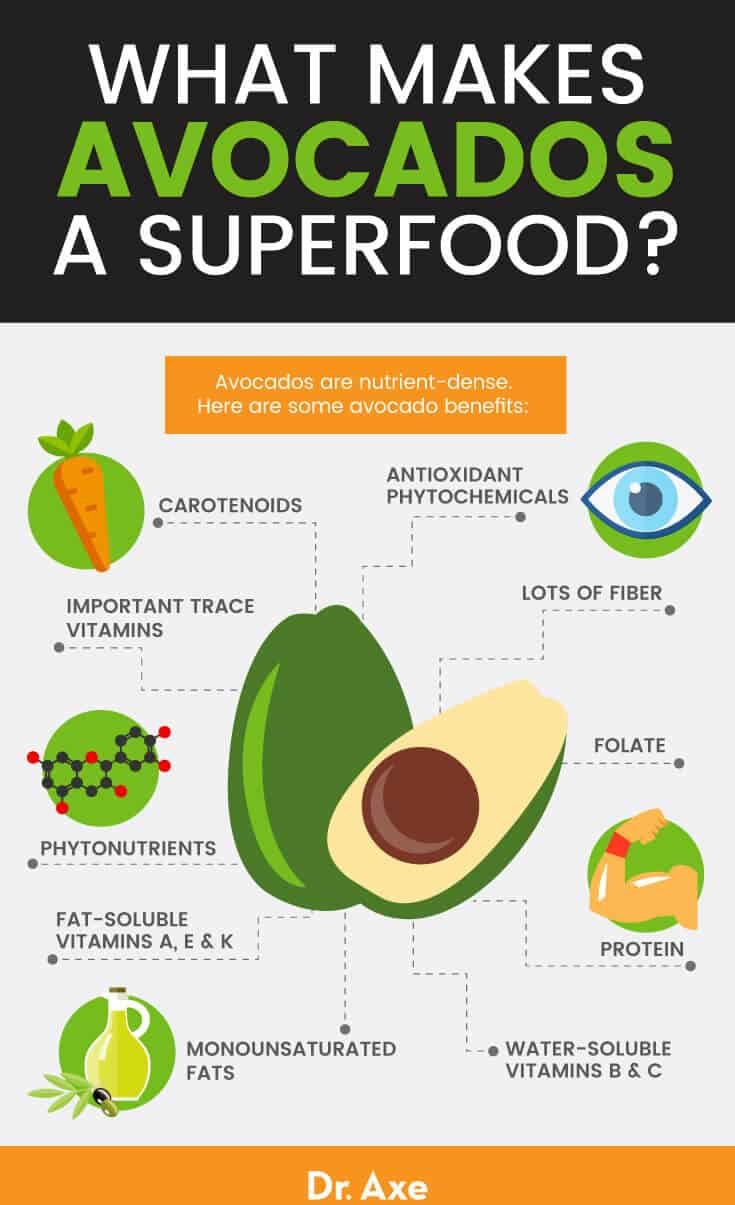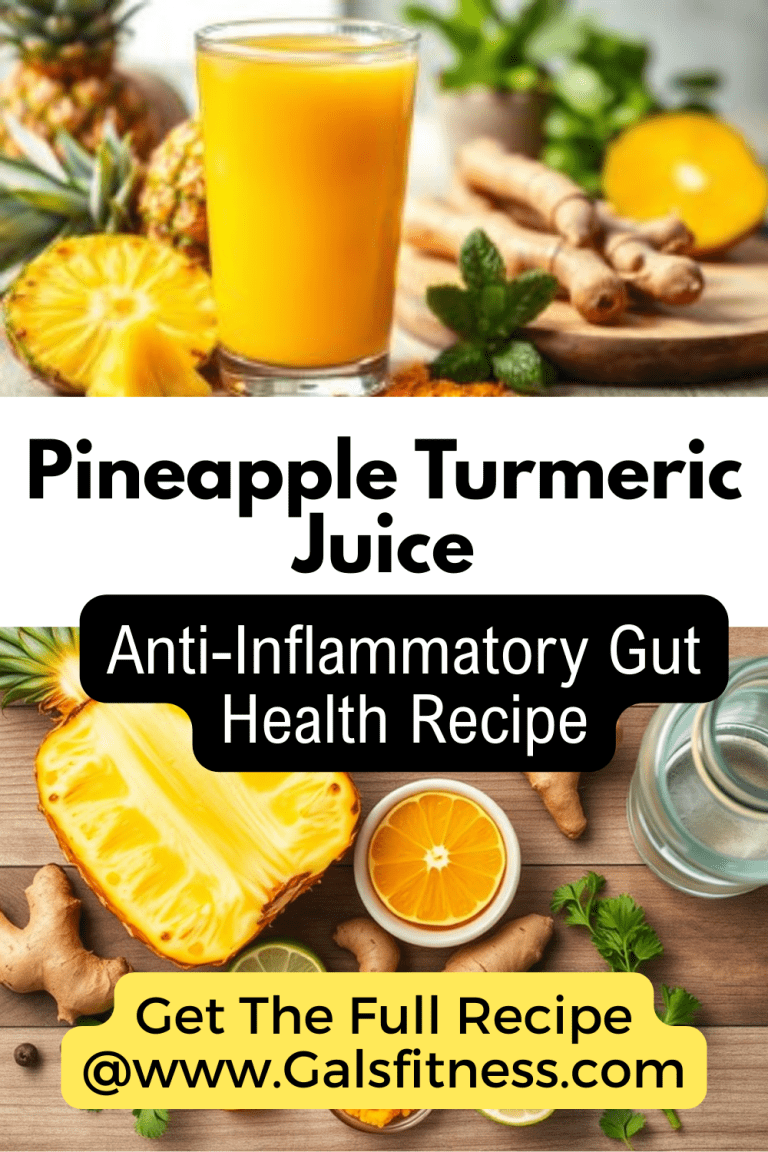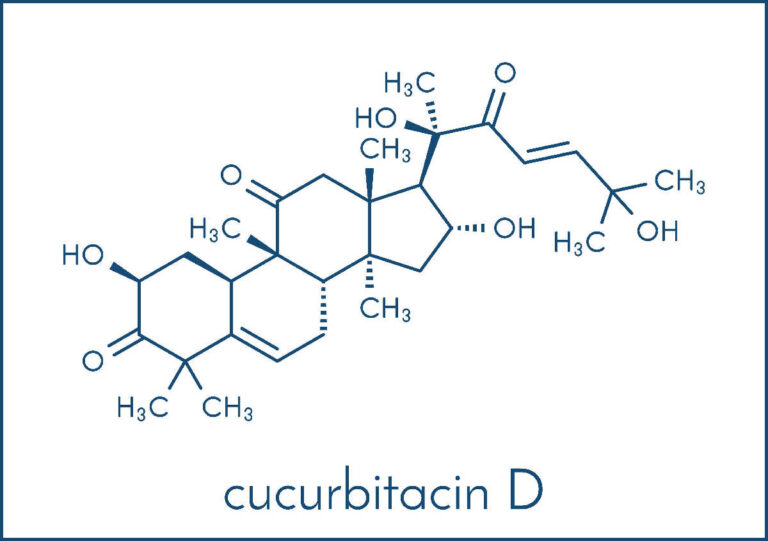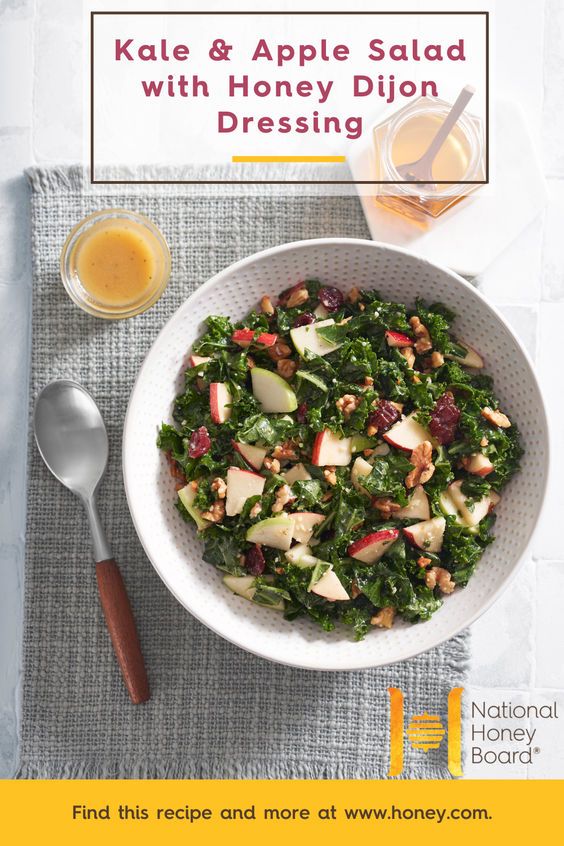The Quiet Powerhouses: Vitamin K and Potassium, and the Unsung Story of the Humble Cucumber
In the vast symphony of human health, where countless nutrients play their vital roles, some take center stage with dramatic flair, while others, equally crucial, perform their essential functions with quiet diligence. Among these unassuming yet indispensable players are Vitamin K and Potassium – two micronutrients whose impact reverberates through our cardiovascular system, bone architecture, and cellular integrity. And often, delivering a subtle yet meaningful contribution to their daily intake, is a food so ubiquitous and unassuming that it’s frequently overlooked: the humble cucumber.
This is not a tale of a nutritional superhero in a single food, but rather a deeper dive into the quiet power of essential nutrients, and the fascinating way seemingly simple foods contribute to the grand tapestry of our health. We journey into the intricate world of Vitamin K, the silent guardian of our blood and bones, then explore Potassium, the electrolyte king that orchestrates our fluid balance and heartbeat. Finally, we peel back the layers of the common cucumber, revealing its surprising role as a refreshing vehicle for these unsung heroes, reminding us that true nutritional wealth often lies in the diverse, everyday choices we make.
Chapter 1: Vitamin K – The Coagulation Conductor and Bone Builder
Our story begins with Vitamin K, a fat-soluble vitamin whose very name whispers of its primary function: "Koagulation" (Danish for coagulation). Discovered in the 1920s and 30s by Danish biochemist Henrik Dam, who observed a mysterious bleeding disorder in chickens fed a fat-free diet, Vitamin K quickly revealed itself as the indispensable orchestrator of blood clotting. But its narrative extends far beyond mere hemostasis, embracing a critical role in bone health and even hinting at wider implications for cardiovascular and cellular well-being.
The Dual Forms: K1 and K2
Vitamin K isn’t a singular entity; it exists in two primary forms, each with distinct origins and, to some extent, specialized roles:
-
Vitamin K1 (Phylloquinone): This is the plant-derived form, predominantly found in green leafy vegetables. Phylloquinone is the form primarily associated with its role in blood coagulation. When we consume K1-rich foods, our body readily absorbs it, directing it towards the liver where it assists in the synthesis of vital clotting factors.
-
Vitamin K2 (Menaquinones): This form is more complex, encompassing a series of subtypes known as menaquinones (MK-n, where ‘n’ denotes the number of isoprenoid residues in the side chain).
- MK-4: Found in animal products like meat, eggs, and dairy, MK-4 is unique in that it can be synthesized by the body from K1, though dietary sources are also important. It has a shorter half-life.
- MK-7 (and longer chains like MK-8, MK-9): These are produced by bacteria, primarily in the gut, and are also found in fermented foods, most notably natto (a traditional Japanese fermented soybean dish). MK-7, in particular, has a longer half-life, allowing it to circulate in the blood for longer periods and reach extrahepatic tissues more effectively.
The distinction between K1 and K2 is crucial for our knowledgeable audience, as research increasingly points to K2, particularly MK-7, as being more active in specific non-coagulation functions, such as bone mineralization and arterial health.
The Intricate Dance of Coagulation
At the heart of Vitamin K’s function is a biochemical process called gamma-carboxylation. This post-translational modification is essential for several proteins to become biologically active. In the context of blood clotting, Vitamin K acts as a co-factor for the enzyme gamma-glutamyl carboxylase. This enzyme adds a carboxyl group to specific glutamic acid residues on a suite of proteins known as Vitamin K-dependent proteins (VKDPs).
Foremost among these are the coagulation factors: Factor II (prothrombin), Factor VII, Factor IX, and Factor X. Without proper gamma-carboxylation, these factors cannot bind calcium effectively, rendering them unable to participate in the intricate cascade that leads to the formation of a stable blood clot. Imagine a delicate clockwork mechanism where Vitamin K is the precise jeweler, ensuring each gear is perfectly shaped to mesh and turn, preventing both excessive bleeding and inappropriate clotting.
The body employs an elegant "Vitamin K cycle" to recycle the vitamin, ensuring its continuous availability. This cycle is the target of anticoagulant drugs like warfarin (Coumadin), which inhibit the enzymes responsible for regenerating active Vitamin K, thereby reducing the production of functional clotting factors and thinning the blood.
Beyond Blood: The Bone Builder
While its role in coagulation is critical for immediate survival, Vitamin K’s contribution to long-term health, particularly bone integrity, is equally profound. Here, K2 often takes center stage. Two key VKDPs are involved:
-
Osteocalcin: Produced by osteoblasts (bone-forming cells), osteocalcin is secreted into the bone matrix. Its gamma-carboxylated form is crucial for binding to hydroxyapatite, the mineral component of bone, thereby promoting the incorporation of calcium into the bone matrix. Think of osteocalcin as the molecular "glue" that helps bind calcium crystals, giving bone its strength and density. Uncarboxylated osteocalcin is like glue that hasn’t set, unable to perform its structural role.
-
Matrix Gla Protein (MGP): Found in various tissues, including cartilage, bone, and arterial walls, MGP is a potent inhibitor of soft tissue calcification. In its active, carboxylated form, MGP binds to calcium and prevents its deposition in places it shouldn’t be, such as the arteries and other soft tissues. This function highlights Vitamin K2’s potential role in cardiovascular health, helping to maintain arterial flexibility and prevent arterial stiffness, a major risk factor for heart disease.
Thus, Vitamin K acts as a dual guardian: preventing internal bleeding and ensuring the structural integrity of our skeleton and arteries.
Deficiency and Requirements
Clinical Vitamin K deficiency, leading to severe bleeding, is rare in healthy adults with a balanced diet. However, certain populations are at higher risk:
- Newborns: They have low Vitamin K reserves at birth, and breast milk contains low amounts, hence the routine Vitamin K injection given to infants.
- Individuals with malabsorption disorders: Conditions like Crohn’s disease, cystic fibrosis, or celiac disease, or those who have undergone bariatric surgery, can impair fat absorption, thus hindering Vitamin K uptake.
- Those on certain medications: Broad-spectrum antibiotics can disrupt gut flora, reducing K2 production. Bile acid sequestrants can interfere with absorption.
- Liver disease: Impaired liver function can affect the synthesis of clotting factors, even with adequate Vitamin K.
The Recommended Dietary Allowance (RDA) for Vitamin K is 120 mcg for adult males and 90 mcg for adult females. However, some researchers suggest that optimal intake for non-coagulation benefits, particularly K2, might be higher than current recommendations, especially for bone and cardiovascular health.
The Cucumber’s Contribution to Vitamin K
Now, where does our humble cucumber fit into this sophisticated narrative? While it won’t replace a bowl of kale or a serving of natto, a cucumber offers a refreshing and consistent source of Vitamin K1. A single cup of sliced cucumber (approximately 100g) typically provides around 10-15 micrograms (mcg) of Vitamin K.
This might seem modest compared to the hundreds of micrograms found in a cup of spinach (around 145 mcg) or kale (around 547 mcg). However, the beauty of the cucumber lies in its accessibility, versatility, and high water content, encouraging larger consumption. Few people eat a whole head of kale in one sitting, but a significant portion of a cucumber can be easily consumed in a salad, a sandwich, or as a refreshing snack.
Consider the cumulative effect: a few slices in your morning smoothie, a generous serving in your lunch salad, and some alongside your dinner. These small, consistent contributions from cucumbers add up, quietly supporting your daily Vitamin K needs, particularly K1 for coagulation. It serves as a gentle reminder that a diverse diet, rich in various fruits and vegetables, ensures a broad spectrum of nutrients, even from the less celebrated sources. The cucumber, often relegated to a mere garnish, subtly contributes to the ongoing maintenance of our blood and bone health, playing its part in the grand orchestration of our internal biology.
Chapter 2: Potassium – The Electrolyte King and Cellular Conductor
From the meticulous world of Vitamin K, we shift our focus to Potassium, an essential mineral and one of the most abundant electrolytes in the human body. Unlike Vitamin K, which operates behind the scenes as a co-factor, Potassium is a front-line player, directly involved in maintaining fluid balance, nerve signaling, muscle contractions, and blood pressure regulation. Its story is one of dynamic equilibrium and electrical impulses, a fundamental force driving the very rhythm of life.
The Electrolyte’s Domain: Fluid Balance and Blood Pressure
Potassium’s most widely recognized role is its partnership with sodium in maintaining proper fluid balance and blood pressure. Inside our cells, potassium is the dominant positively charged ion (cation), while outside, in the extracellular fluid, sodium reigns supreme. This unequal distribution is meticulously maintained by the sodium-potassium pump (Na+/K+-ATPase), an energy-intensive protein embedded in cell membranes.
This pump actively transports three sodium ions out of the cell for every two potassium ions it pumps in. This creates an electrochemical gradient, crucial for:
- Fluid Balance: The differential concentration of ions creates osmotic pressure, influencing the movement of water between intracellular and extracellular compartments. This ensures cells neither swell excessively nor shrivel, maintaining their structural integrity and function.
- Blood Pressure Regulation: Potassium acts as a natural antagonist to sodium when it comes to blood pressure. A diet rich in potassium helps to counteract the effects of high sodium intake by promoting sodium excretion through the kidneys. Furthermore, potassium helps relax the walls of blood vessels, contributing to lower blood pressure. This makes it a crucial dietary component in the prevention and management of hypertension, a silent killer affecting millions worldwide. Imagine potassium as a calm, steady hand, gently guiding excess sodium out of the body and easing the tension in our arterial walls.
The Spark of Life: Nerve Impulses and Muscle Contraction
Beyond fluid balance, potassium is indispensable for the electrical activity that underpins nerve impulse transmission and muscle contraction. The aforementioned sodium-potassium pump establishes the resting membrane potential across cell membranes – a slight negative charge inside the cell relative to the outside.
When a nerve cell or muscle cell is stimulated, specific ion channels open, allowing sodium ions to rush into the cell, causing a rapid depolarization (a sudden change in voltage). This is followed by potassium channels opening, allowing potassium ions to flow out of the cell, leading to repolarization and restoring the resting potential. This rapid sequence of depolarization and repolarization constitutes an action potential, the fundamental unit of communication in our nervous system and the trigger for muscle contraction.
This is particularly critical for the heart muscle. The rhythmic beating of our heart is entirely dependent on the precise influx and efflux of potassium (along with sodium and calcium) across myocardial cell membranes. Imbalances in potassium levels can lead to life-threatening cardiac arrhythmias, underscoring its profound importance.
Other Vital Roles
Potassium’s influence extends to other fundamental processes:
- Nutrient Transport: It assists in the transport of various nutrients into cells.
- Carbohydrate Metabolism: It’s involved in the conversion of blood sugar into glycogen for storage.
- Protein Synthesis: It plays a role in the building of proteins from amino acids.
Truly, potassium is a conductor, ensuring the harmonious operation of countless cellular functions.
Deficiency (Hypokalemia) and Toxicity (Hyperkalemia)
Maintaining potassium within a narrow optimal range is vital.
- Hypokalemia (low potassium): This can result from excessive fluid loss (severe vomiting, diarrhea, sweating), certain medications (especially diuretics), or rare genetic conditions. Symptoms range from mild (muscle weakness, fatigue, cramps) to severe (cardiac arrhythmias, paralysis, respiratory failure).
- Hyperkalemia (high potassium): While rare from dietary intake alone in healthy individuals, it can occur in people with impaired kidney function, as the kidneys are primarily responsible for potassium excretion. Certain medications can also contribute. Symptoms include muscle weakness, tingling, and most dangerously, life-threatening heart rhythm disturbances.
The Recommended Dietary Allowance (RDA) for potassium for adults is typically around 4,700 milligrams (mg) per day, though some health organizations suggest slightly lower or higher targets. It’s a challenging target for many modern diets, which are often high in sodium and low in potassium-rich fruits and vegetables.
The Cucumber’s Contribution to Potassium
So, how does our refreshing cucumber stack up in the realm of potassium? A single cup of sliced cucumber (approximately 100g) provides around 140-150 mg of potassium.
Again, like with Vitamin K, this might not make it the absolute "king" of potassium sources compared to, say, a medium banana (around 422 mg), a baked potato with skin (around 926 mg), or a cup of cooked spinach (around 839 mg). However, the cucumber’s unique profile makes its potassium contribution particularly valuable:
- High Water Content: Cucumbers are over 95% water. This high water content, combined with its potassium, makes it an excellent food for hydration and electrolyte replenishment, especially after light physical activity or in warm weather.
- Low Calorie, High Volume: You can consume a significant amount of cucumber without adding many calories, making it an ideal snack or salad base for those looking to increase their nutrient intake without excess energy. This means that while 100g might offer 140-150mg, consuming 200g or 300g (a common portion in a large salad or as a snack) easily doubles or triples that contribution.
- Versatility and Palatability: Cucumbers are mild, crisp, and refreshing, making them easy to incorporate into a wide variety of meals and snacks for nearly everyone, from children to adults.
In the narrative of potassium, the cucumber plays the role of a consistent, hydrating partner. It quietly delivers this essential electrolyte, helping to maintain the delicate fluid balance, support nerve function, and contribute to healthy blood pressure. It’s not about a single heroic dose, but about the steady, reliable support it offers as part of a varied, plant-rich diet, easing the workload on our cardiovascular system and keeping our cellular machinery humming.
Chapter 3: The Synergy, The Story, and The Cucumber Connection
We have delved into the individual sagas of Vitamin K and Potassium, revealing their distinct yet equally vital roles in human physiology. Vitamin K, the meticulous conductor of coagulation and bone mineralization. Potassium, the dynamic orchestrator of cellular electricity and fluid balance. While they don’t operate in a direct synergistic pathway in the same manner, their combined presence in a healthy diet underpins a robust foundation for overall well-being. Both contribute to cardiovascular health (K2 preventing arterial calcification, potassium regulating blood pressure) and cellular function. They are two crucial threads in the intricate tapestry of nutrition.
The Cucumber as a Nutrient Vehicle
This brings us back to our unassuming hero, the cucumber. It’s often dismissed as merely "water" or a "filler," yet its story is one of quiet competence. The cucumber isn’t the most concentrated source of Vitamin K or Potassium, but it embodies the principle of cumulative nutrition – where consistent, modest contributions from everyday foods collectively make a significant impact.
Think of it as a small, reliable boat in a vast ocean of nutrients. It doesn’t carry the largest cargo, but it makes consistent voyages, delivering its precious payload of Vitamin K and Potassium, alongside other beneficial compounds:
- Hydration: Its unparalleled water content (over 95%) makes it a champion of hydration, which is fundamental for every bodily function, including nutrient transport and waste elimination. Optimal hydration inherently supports electrolyte balance, making the cucumber’s potassium even more effective.
- Fiber: Though not a powerhouse, cucumbers provide dietary fiber, essential for digestive health and satiety.
- Antioxidants: Cucumbers contain a variety of antioxidants, including flavonoids (like apigenin, luteolin, and quercetin) and lignans (like pinoresinol, lariciresinol, and secoisolariciresinol), which combat oxidative stress and inflammation.
- Other Micronutrients: While the focus here is on K and Potassium, cucumbers also offer smaller amounts of Vitamin C, Manganese, and several B vitamins, further enriching their nutritional profile.
The story of the cucumber in this context is not one of exceptionalism, but of accessibility, consistency, and holistic contribution. In a world often searching for "superfoods," the cucumber reminds us that true nutritional power lies not in a single, exotic ingredient, but in the harmonious diversity of everyday plant foods. It’s the refreshing crunch in your salad, the cool slice in your water, the gentle addition to your sandwich – each instance a small, positive step towards fulfilling your body’s complex nutritional demands.
Culinary Integration and Broader Dietary Context
Embracing the cucumber for its quiet nutritional power is effortless:
- Salads: The most obvious choice, adding crisp texture and hydrating volume.
- Infused Water: A few slices transform plain water into a refreshing, subtly flavored drink, encouraging increased fluid intake.
- Snacks: Paired with hummus or a yogurt dip, cucumber sticks make for a healthy, satisfying snack.
- Sandwiches and Wraps: Adds a fresh crunch without heavy calories.
- Smoothies: A surprising addition that adds water, fiber, and nutrients without altering the flavor profile significantly.
- Gazpacho or Cold Soups: A core ingredient in refreshing summer dishes.
The overarching message remains clear: no single food is a magic bullet. The cucumber, while contributing meaningfully to our intake of Vitamin K and Potassium, is best appreciated as part of a vibrant, diverse diet rich in fruits, vegetables, whole grains, and lean proteins. This holistic approach ensures a complete spectrum of nutrients, where each food plays its unique, invaluable part. The journey of nutrition is often about discovering the profound in the simple, and the essential in the everyday.
Conclusion: Appreciating the Unsung Heroes
As our narrative concludes, we reflect on the quiet power of Vitamin K and Potassium, and the unassuming contribution of the humble cucumber. These aren’t the nutrients that grab flashy headlines, nor is the cucumber often heralded as a nutritional marvel. Yet, their combined story is a testament to the intricate wisdom encoded within nature’s bounty.
Vitamin K stands as the silent guardian, ensuring our blood clots when needed and our bones remain strong, with emerging roles in cardiovascular health. Potassium reigns as the electrolyte king, meticulously balancing fluids, driving nerve impulses, and maintaining the vital rhythm of our heart. And the cucumber, often overlooked, emerges as a refreshing, hydrating, and consistent vehicle for these essential micronutrients, proving that even the most common foods hold profound value.
This journey reminds us to look beyond the obvious, to appreciate the subtle dance of nutrients within our bodies, and to recognize the quiet competence of foods that nourish us daily. So, the next time you bite into a crisp, cool slice of cucumber, remember the essential stories it helps tell – stories of coagulation and calcium, of electrical impulses and fluid balance, all contributing to the remarkable symphony of human health. It’s a gentle reminder that sometimes, the greatest strength lies in quiet consistency, and the deepest wisdom in embracing the simplicity and diversity of nature’s offerings.

